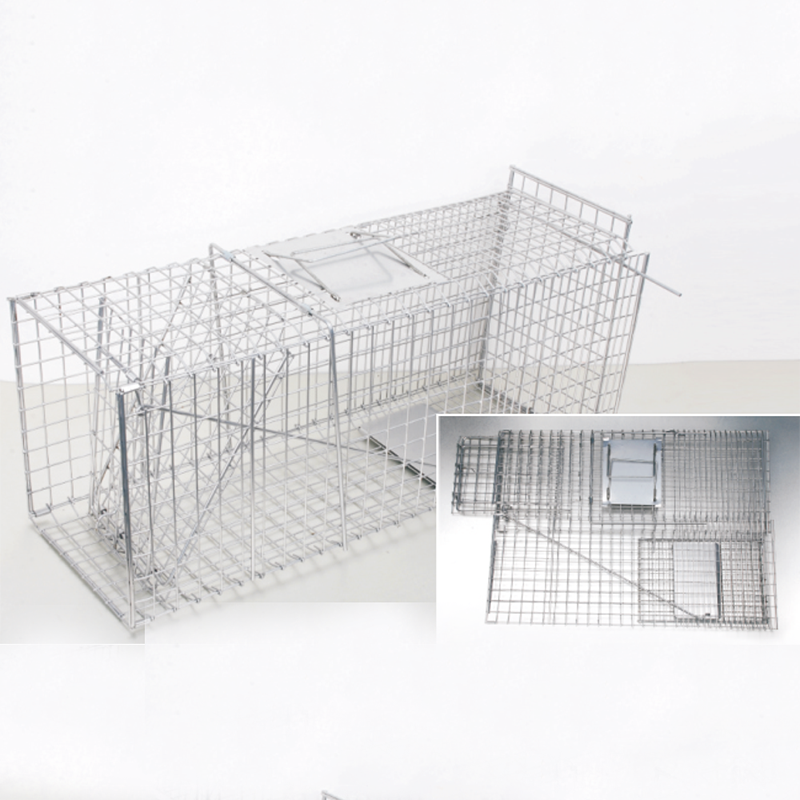In today's high-tech engineering field, damper actuators, as important shock and noise reduction equipment, are widely used in various scenarios. However, how to effectively test the performance of these actuators to ensure their stability and reliability in practical applications has always been a problem that needs to be overcome. Recently, a new testing method provides new ideas for solving this problem.

How do you test a damper actuator?
Traditional damper actuator testing methods usually rely on vibration tables and noise testing equipment, which are not only expensive, but also complex to operate and difficult to conduct real-time detection on site. In contrast, the new testing method utilizes advanced sensor technology and data analysis algorithms to achieve fast, accurate and convenient testing of damper actuators.
Implementation of the new approach is relatively simple. First, the damper actuator is installed on a special test device, and then its working data in different environments are collected through sensors. These data include key parameters such as vibration frequency, displacement, and speed of the damper actuator. Then, these data are input into special data analysis software, and these data are processed and analyzed through specific algorithms. Finally, the software evaluates the damper actuator's performance against preset thresholds and performance criteria, generating a detailed test report.
It is reported that this new method has been verified in practical applications. Compared with traditional testing methods, the new method not only greatly reduces testing costs, but also improves testing efficiency and accuracy. More importantly, the new method can conduct real-time detection on site, detect and solve potential problems in a timely manner, and greatly improve the reliability and safety of the equipment.
However, while the new method excels in many aspects, it also has limitations. For example, for damper actuators in some special environments, special testing equipment and conditions may be required. In addition, the accuracy and reliability of data analysis also depend on the accuracy and completeness of the input data. Therefore, when using new methods for damper actuator testing, comprehensive considerations need to be made based on the actual situation.
Overall, the new damper actuator testing method brings new opportunities and challenges to the engineering field. As technology continues to advance and application demands continue to grow, we expect more innovative testing methods to emerge to provide strong support for the performance improvement and wide application of damper actuators.

 English
English Español
Español Português
Português русский
русский français
français 日本語
日本語 Deutsch
Deutsch Tiếng Việt
Tiếng Việt Italiano
Italiano Nederlands
Nederlands ไทย
ไทย Polski
Polski 한국어
한국어 Svenska
Svenska magyar
magyar Malay
Malay বাংলা
বাংলা Dansk
Dansk Suomi
Suomi हिन्दी
हिन्दी Pilipino
Pilipino Türk
Türk Gaeilge
Gaeilge عربى
عربى Indonesia
Indonesia norsk
norsk اردو
اردو čeština
čeština Ελληνικά
Ελληνικά Українська
Українська Javanese
Javanese فارسی
فارسی தமிழ்
தமிழ் తెలుగు
తెలుగు नेपाली
नेपाली Burmese
Burmese български
български ລາວ
ລາວ Latine
Latine Қазақ
Қазақ Euskal
Euskal Azərbaycan
Azərbaycan slovenský
slovenský Македонски
Македонски Lietuvos
Lietuvos Eesti Keel
Eesti Keel Română
Română Slovenski
Slovenski मराठी
मराठी Српски
Српски 简体中文
简体中文 Esperanto
Esperanto Afrikaans
Afrikaans Català
Català עִברִית
עִברִית Cymraeg
Cymraeg Galego
Galego 繁体中文
繁体中文 Latvietis
Latvietis icelandic
icelandic יידיש
יידיש Беларус
Беларус Hrvatski
Hrvatski Kreyòl ayisyen
Kreyòl ayisyen Shqiptar
Shqiptar Malti
Malti lugha ya Kiswahili
lugha ya Kiswahili አማርኛ
አማርኛ Bosanski
Bosanski Frysk
Frysk ជនជាតិខ្មែរ
ជនជាតិខ្មែរ ქართული
ქართული ગુજરાતી
ગુજરાતી Hausa
Hausa Кыргыз тили
Кыргыз тили ಕನ್ನಡ
ಕನ್ನಡ Corsa
Corsa Kurdî
Kurdî മലയാളം
മലയാളം Maori
Maori Монгол хэл
Монгол хэл Hmong
Hmong IsiXhosa
IsiXhosa Zulu
Zulu Punjabi
Punjabi پښتو
پښتو Chichewa
Chichewa Samoa
Samoa Sesotho
Sesotho සිංහල
සිංහල Gàidhlig
Gàidhlig Cebuano
Cebuano Somali
Somali Точик
Точик O'zbek
O'zbek Hawaiian
Hawaiian سنڌي
سنڌي Shinra
Shinra հայերեն
հայերեն Igbo
Igbo Sundanese
Sundanese Lëtzebuergesch
Lëtzebuergesch Malagasy
Malagasy Yoruba
Yoruba









